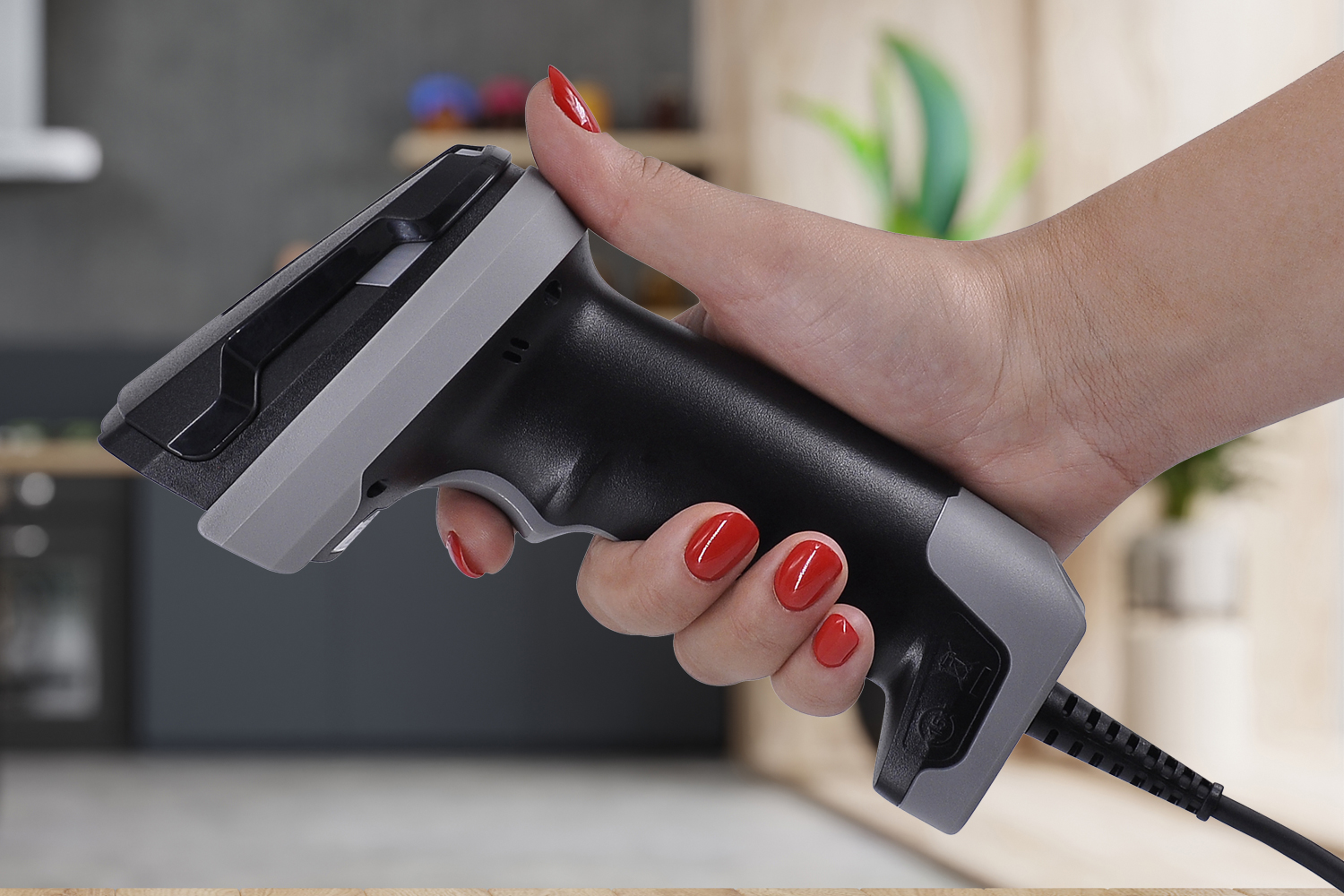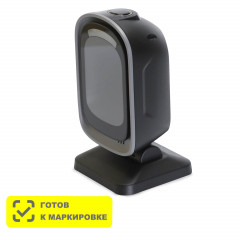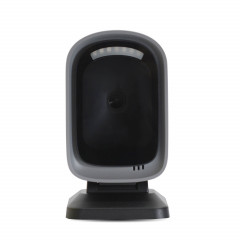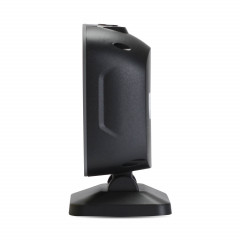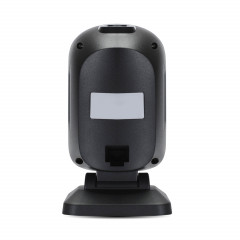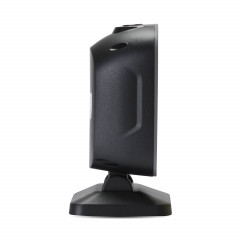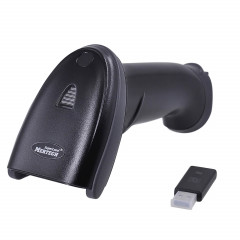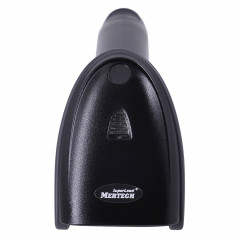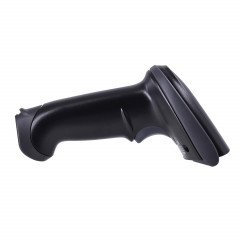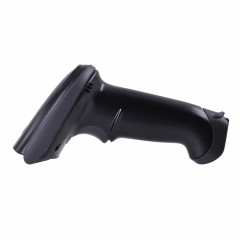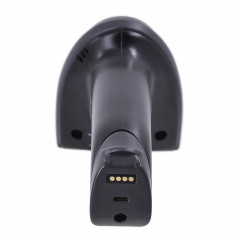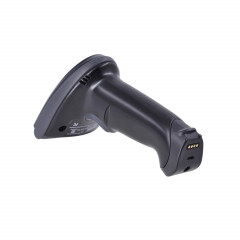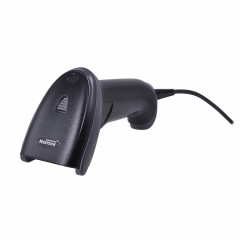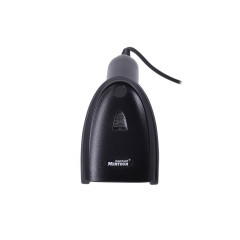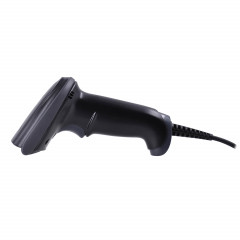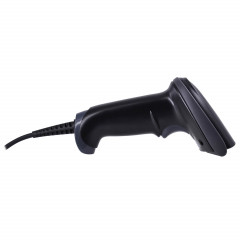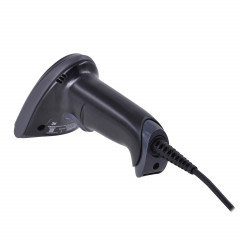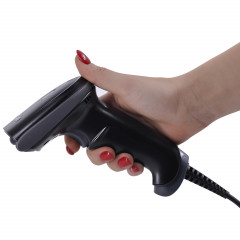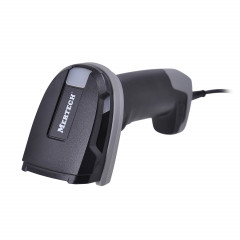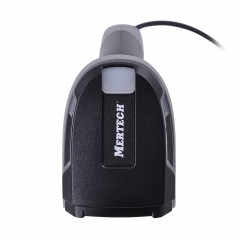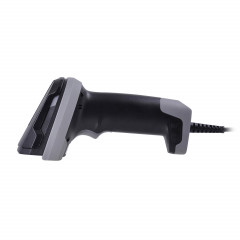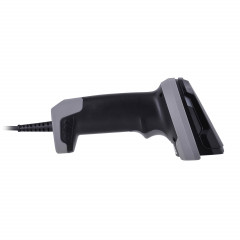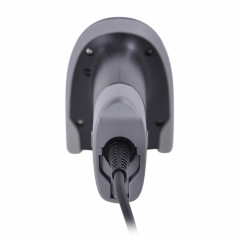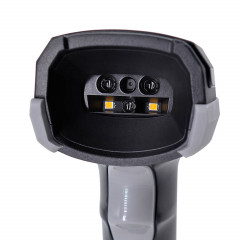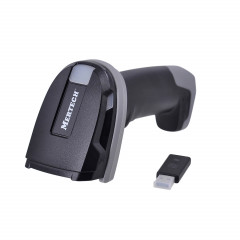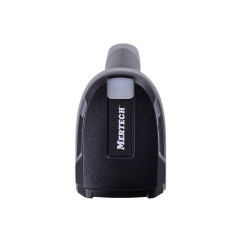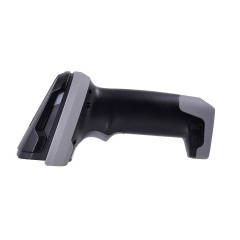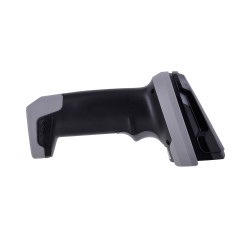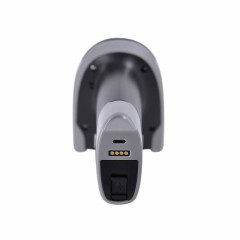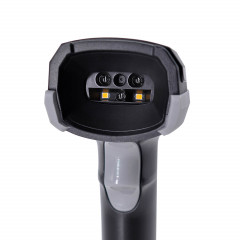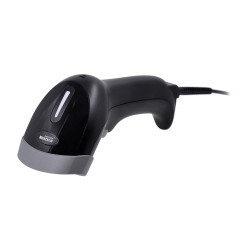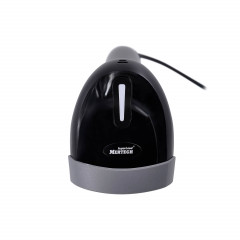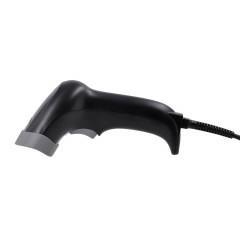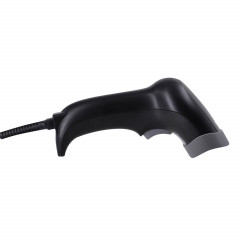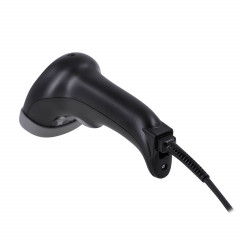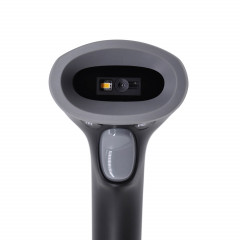Introduction
Barcode scanners have now become as essential in retail as cash registers or POS systems. It is impossible to imagine a modern store without them: a handheld barcode scanner speeds up customer service, reduces cashier errors, and simplifies barcode processing. In larger retail outlets, stationary barcode scanners are widely used, allowing staff to handle customer flows without delays.
The Kazakhstani retail market is reaching a new level of automation. More and more stores are implementing loyalty programs that use QR codes and preparing for mandatory product labeling with barcodes. This means retailers need to ensure their barcode readers can handle modern formats — reading DataMatrix codes, recognizing EAN and UPC codes, and reliably scanning barcodes even from smartphone screens.
This raises an important question: which barcode scanner is the best choice for a particular store? Should you rely on the time-tested laser barcode scanner, or invest directly in a more universal 2D scanner that not only works with linear codes but can also scan QR codes and DataMatrix labels? What types of barcode scanners are there, and what is the difference between an imager (matrix scanner) and a laser scanner? How convenient is a wired model, and what are the pros and cons of wireless scanners to consider when making a choice?
MERTECH has been developing retail solutions in Kazakhstan for over 20 years. Based on the results of 2024, we identified the key criteria for selecting a scanner and highlighted trends that will help store owners choose the right equipment: whether it’s a POS scanner for the checkout, a professional 2D scanner for working with product labeling, or a mobile wireless model with USB, Bluetooth, or RS-232 connectivity.
In this article, we will take a detailed look at how to choose a barcode scanner for your store, review all the main device types, compare 2D scanners with laser scanners, provide practical examples of use, and give recommendations for purchasing. This guide will be useful for entrepreneurs, retail managers, and anyone interested in retail automation.
What is a Barcode Scanner
A barcode scanner is a specialized device that converts encoded information from a label into digital data and transmits it to a computer, cash register, or POS system.
Essentially, it acts as a “bridge” between the product and the accounting system: an operator uses a handheld barcode scanner or passes the product by a stationary scanner, and the data instantly appears in the POS software.
The operating principle of a scanner depends on the technology used.
A laser barcode scanner emits a thin beam of light that reflects off the black and white bars. The device detects the difference in reflection and converts it into a digital signal, which is then transmitted to the accounting system. This method works only with linear 1D codes — for example, EAN or UPC.
An imager (2D photo scanner) works differently: it “photographs” the label using a built-in camera and decodes the image using a processor. This principle allows it to read not only classic linear codes but also QR and DataMatrix 2D codes. Thanks to this, imagers reliably scan even damaged labels, glossy surfaces, or smartphone screens, making them a universal solution for modern retail.
Difference Between 1D and 2D Scanners
All barcodes can be divided into two types:
- 1D (linear codes) — familiar vertical bars of varying thickness. Examples: EAN codes and UPC codes. They store limited information and are easily read by a laser barcode scanner.
- 2D codes — matrix codes (e.g., QR and DataMatrix) that can contain much more information: from serial numbers to production dates. Such codes are read only with an imager (photo scanner or matrix scanner).
Today, stores in Kazakhstan increasingly need to work specifically with 2D codes. Firstly, because of DataMatrix labeling, which is gradually being introduced for different product categories. Secondly, due to the growth of retail automation and loyalty programs: cashiers regularly scan QR codes from customers’ smartphone screens.
Why This Matters for Business
If a store works only with 1D barcodes, a wired laser scanner may be enough. But in modern retail, where QR and DataMatrix are widely used, choosing a 2D scanner is the obvious solution. Such a device can read codes at any angle, even if the label is damaged, and easily recognize information from glossy surfaces.
MERTECH Proprietary Technologies
MERTECH has introduced unique solutions to help stores address common barcode scanning challenges:
- Superlead — quickly reads poorly printed or damaged barcodes and works with codes on smartphone screens.
- Antireflect — innovative illumination that eliminates glare, enabling error-free scanning on glass, plastic, and other glossy surfaces.
- Vibrocheck — a vibration feedback system especially useful in noisy checkout areas, letting cashiers know a scan was successful even if they don’t hear the beep.
Thanks to these technologies, MERTECH scanners prove themselves as reliable retail solutions in Kazakhstan. They deliver high speed, accuracy, and ease of use, directly impacting customer service quality and overall business efficiency.

